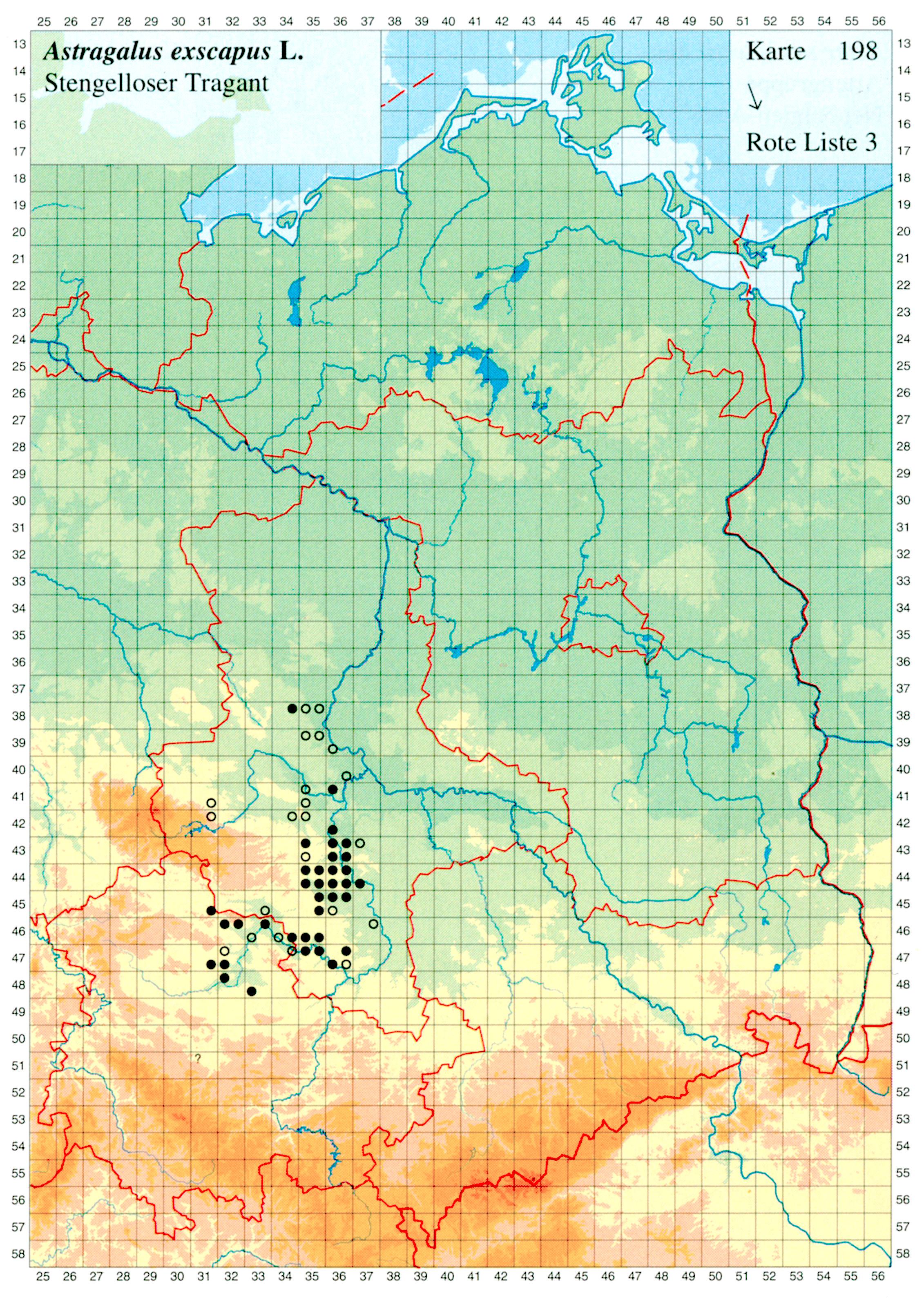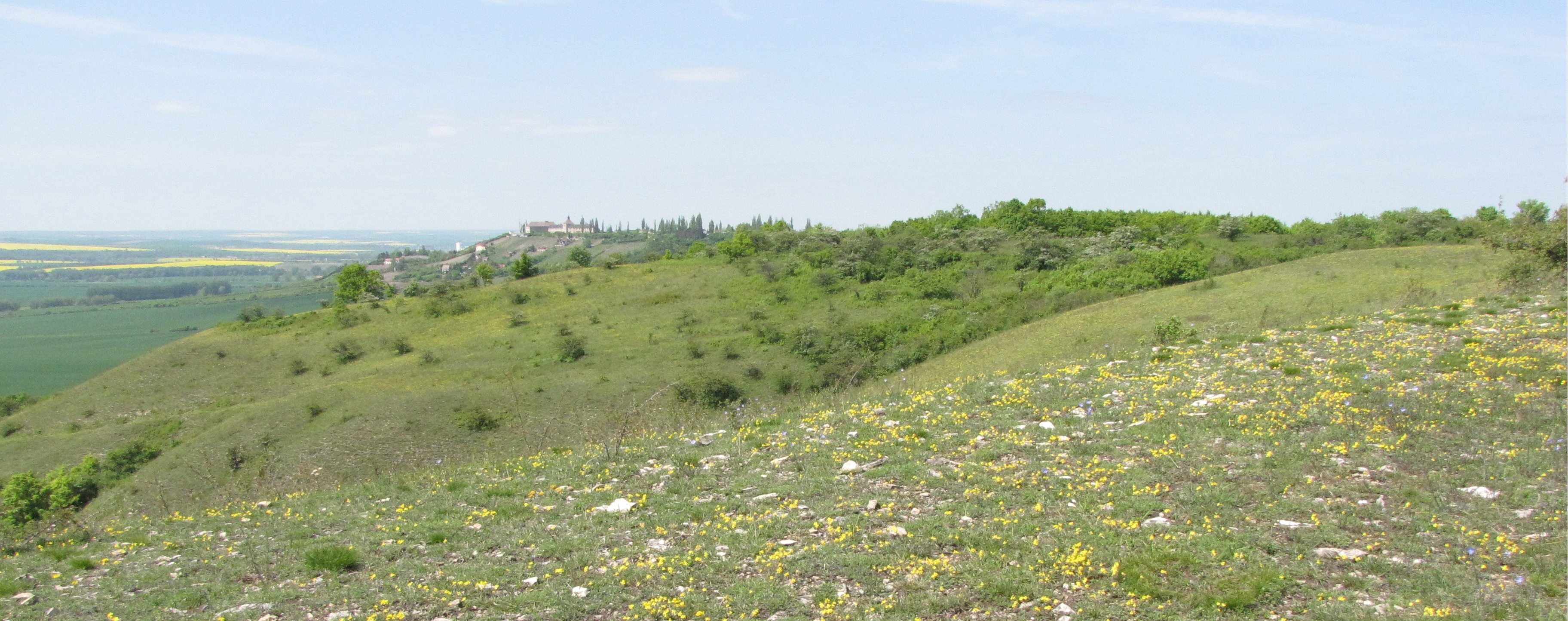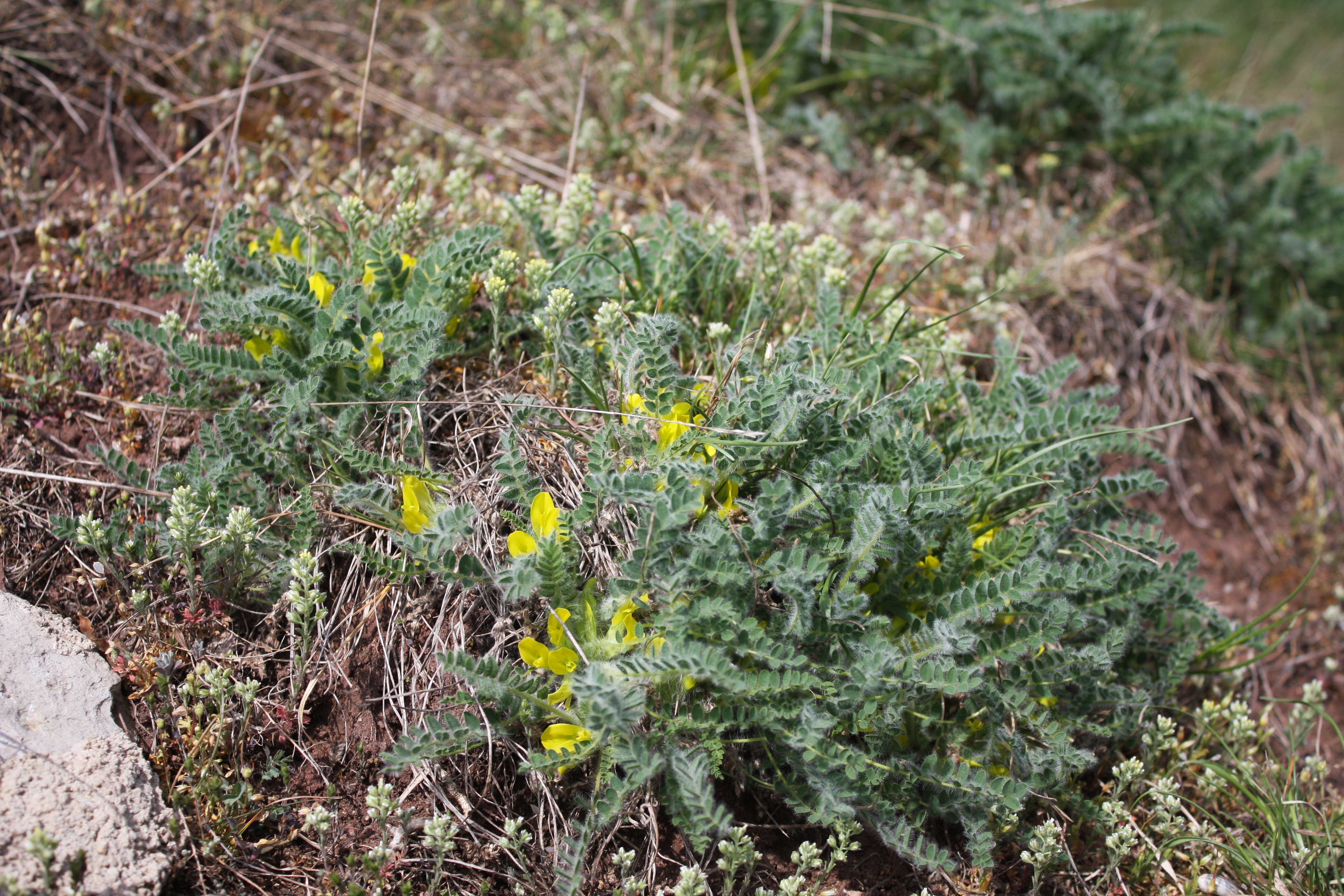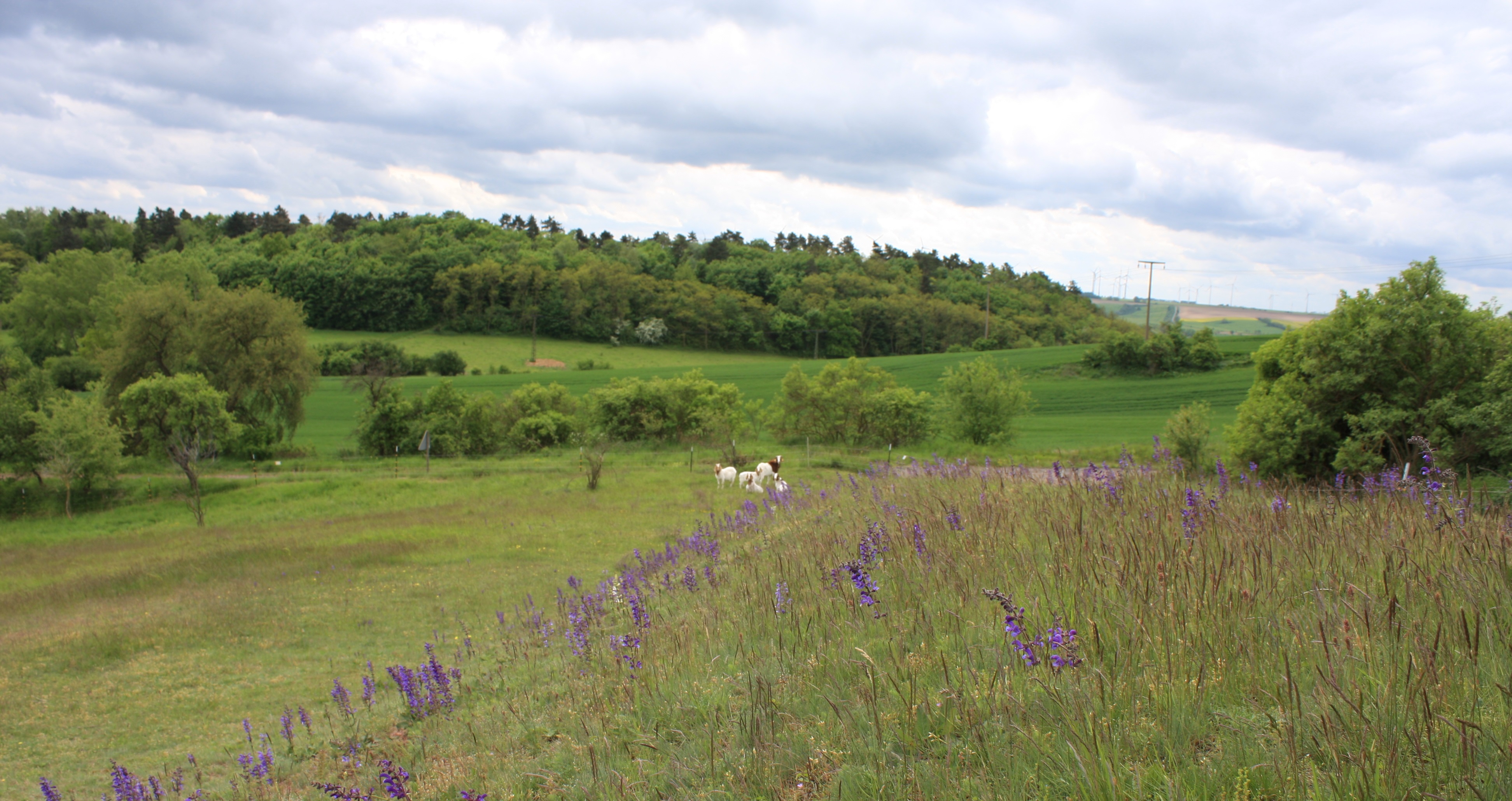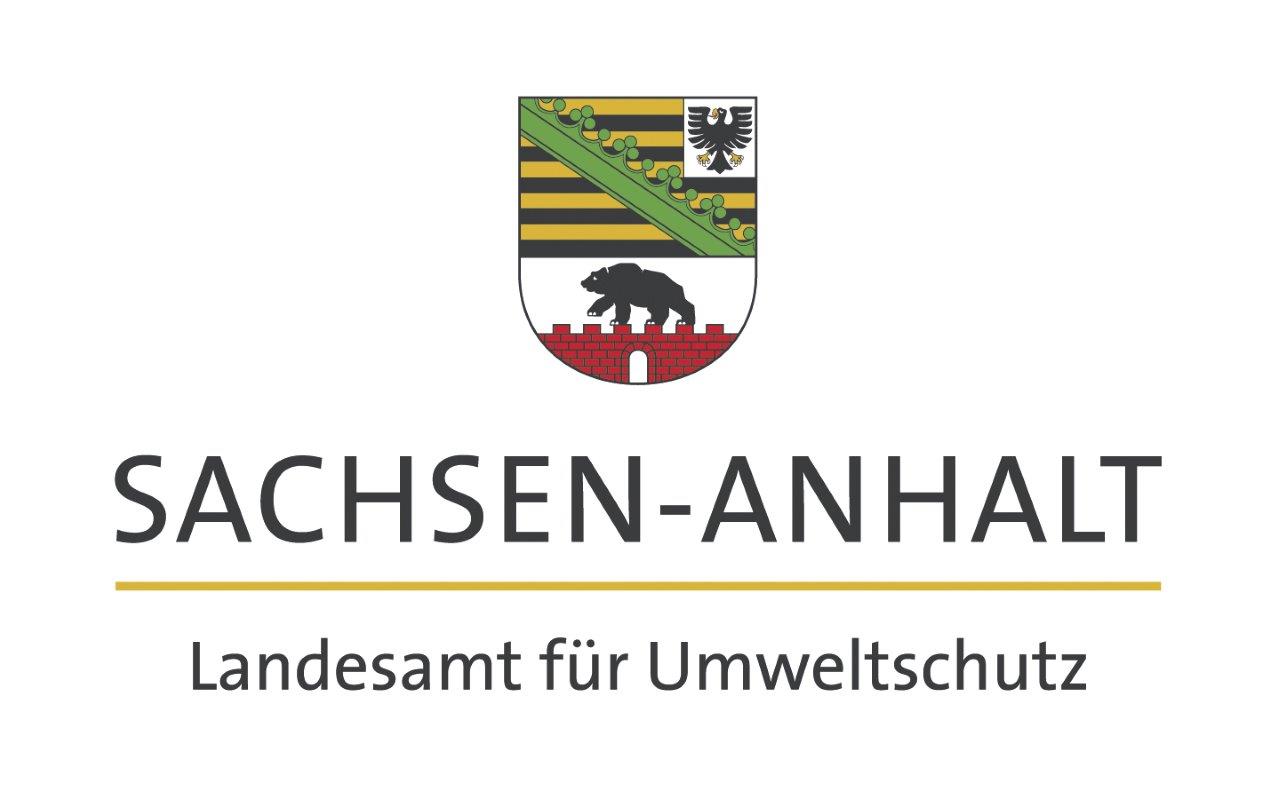The national responsibility species Astragalus exscapus and its habitats in Saxony-Anhalt: threat assessment and conservation strategies
Motivation
Motivation

Legend: ● = recently confirmed localities ○ = historical localities; Distribution of Stemless Milk-vetch (Astragalus exscapus) in Germany (aus Benkert et. al. (1998): Verbreitungsatlas der Farn- und Blütenpflanzen Ostdeutschlands). Steppe grasslands are hotspots of biodiversity occurring in small areas of extreme habitats especially on south- to west-facing slopes. They exhibit a variety of species that are optimally adapted to summer dry sites. However, less than 1.000 hectares of steppe grassland remain in existence in Germany. Currently, the remaining sites are fragmented and threatened by land use change. To conserve these habitats and their species, studies specifically identifying and analysing current stresses at the sites, developing site-specific conservation strategies and action plans are needed. This particularly applies to species such as Astragalus exscapus L. (Stemless Milk-vetch, fabaceae) where Germany bears a particular international responsibility for its conservation.
Astragalus exscapus is a relict species in Germany surviving in small populations in steppe grassland habitats under the dry climatic conditions of Central Germany. The species is most prevalent in Saxony-Anhalt with the main concentrations in the lake district of Mansfeld, the Saale river valley northwest of Halle and the Unstrut river valley. However, approximately 40% of all known populations of Central Germany are presumed to be already extinct. Thus, there is an urgent need for action.
Astragalus exscapus has a low ability to spread and, combined with the rising isolation and modification of its habitats, it is not expected that the species may easily re-migrate into former sites or to disperse into new suitable habitats.
Accordingly, the highest priority for long-term conservation of this species has to be the monitoring of the still existing populations, the development of site-specific conservation strategies and finally the implementation of action plans.
Aims
Aims
The aim of the project is to provide relevant site-specific information as basis for the development of conservation strategies and action plans for the maintenance of Astragalus exscapus populations and the improvement of its habitats in Saxony-Anhalt. The project entails to undertake a) ecological investigations of habitats and populations b) site specific examinations and evaluation of the efficiency of current incentive measures and instruments to promote the species and c) further optimization of current measures and development of area wide principles to conserve the species and its habitats long term in Saxon-Anhalt.


The lower Unstrut river valley between Laucha and Wangen is a further significant region to conserve this species in Saxony-Anhalt (Photo: Jessica Arland-Kommraus). From left: Adonis vernalis (Photo: Daniel Elias), Euphorbia seguieriana (Photo: Sandra Mann), Scabiosa canescens (Photo: Sandra Mann), Oxytropis pilosa (Photo: Sandra Mann). Steps and tasks
Steps and tasks
Over the period from May 2014 to December 2015, the implementation of the project is structured in the following four steps.
1. Gathering and analysis of existing data concerning habitats and populations of the species in Saxony-Anhalt but also regarding current land use methods and conservation measures in these areas.
2. Site inspections to verify the current conditions of habitats and populations and to identify the main stresses at the sites with deleterious impacts on conservation targets.
3. Based on the data collected, a prioritized action list is to be established: firstly taking into account the level of endangerment of Astragalus exscapus in each habitat (threat assessment) and secondly also considering the prospects of conservation measures (feasibility analysis).
4. First actions will be exemplary realized in selected areas.First results
First results

Localities of Astragalus exscapus in different conditions. From left: Weischütz, Märzberg unterhalb Steinbruch (Landkreis Burgenlandkreis) (Photo: Philipp Brade), Lämmerberg, Löss-Böschung (Landkreis Mansfeld-Südharz) (Photo: Philipp Brade), Franzigmark (Saalekreis) (Photo: Philipp Brade). The project deals with 56 Astragalus exscapus populations located in Saxony-Anhalt. In 2014 field surveys for gathering information about population size, vegetation structure and composition were carried out in 31 out of the 56 sites, where the species occurs. The sites investigated so far reflect a wide range of dry grassland habitats of different conservation status. In many cases the populations of Astragalus exscapus are situated in the best maintained parts of the dry grasslands, often surrounded by underutilized or even abandoned grasslands. However, we also find localities of the species directly threatened by severe occurrence of ruderal vegetation and scrub encroachment indicating deficiencies in the current land use practice. We observed in those areas having unfavorable conservation status only small populations of less than 30 individuals. Furthermore, observed changes in population sizes, compared to previous investigations, are often reflective of the general site condition and conservation status of the dry grassland habitats, i.e. decreased numbers of individuals were found on sites affected by a diversity of land use related factors with direct or indirect deleterious impacts on vegetation structure and composition. However, the abandonment of grazing or insufficient grazing intensities are the main causes of endangerment for Astragalus exscapus and its communities due to the formation of thick layers of accumulated plant litter and the favoring of more competitive species.

Locality at the Nelbener Grund (lower Saale river valley) (Photo: Sandra Mann). Against the background of an increasing endangerment of Astragalusexscapus populations due to land use changes there is an urgent need for the implementation of site-specific conservation strategies and action plans. About 30 percent of the populations investigated so far are classified as highly threatened since their habitats having an unfavorable conservation status. As a first step to maintain these habitats, we recommend the removal of shrubs and trees with subsequent site-adapted grazing to increase the open area and reduce competition between woody and herbaceous species.
What are the next steps?
What are the next steps?

Grasslands of high biodiversity grazed by goats in the lower Saale river valley (Photo: Sandra Mann). Conservation strategies and action plans should be implemented in a statewide program for the maintenance of Astragalus exscapuspopulations in Saxony-Anhalt. Measures should be carried out according to their degree of priority. In addition, further options beyond the conservation of the still existing populations should be discussed. For example, the reintroduction of the species, the establishment of new populations on suitable habitats or the enlargement of small populations due to seeding or planting might also be considered as measures to consolidate the persistence of the species within its distribution area in Sachsen-Anhalt. The still existing populations could be used as source sites. In this regard, a first step would be the collection of basic seeds from residual populations to build up an intermediate propagation system.
Project leaders: Prof. Dr. Annett Baasch, Prof. Dr. Sabine Tischew
Researchers: Dipl.-Biol. Karen Runge, Dipl-Biol. Philipp Brade




